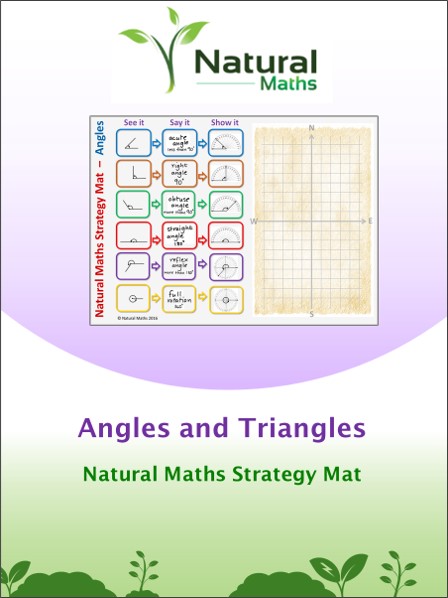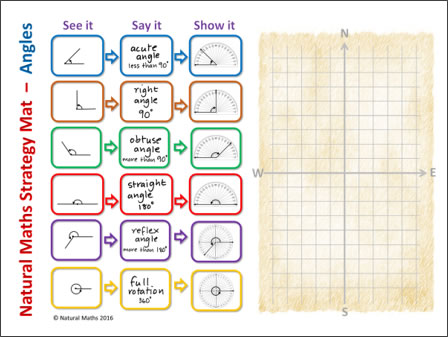Receive news, product launches and course info via subscribing to our mailing list here.
Angles and Triangles Mat
Topic
Geometry
Grade Level
Year 4, Year 5, Year 6, Year 7
Lesson Materials
2-sided Angles and Triangles Strategy Mat (A3 size)
2 Mental Routines
2 Strategy Lessons
Resources
Compressed Zip File 1 MB
16 printable pages
Select Licence:
We have designed the Strategy Mats to provide a tool for students when working on developing fluency with number facts. From our observations students need visual aide-memoires, reminders of what they have been learning and prompts to use the strategies learnt.
The Angles and Triangles mat can be used to introduce the language of angles and the conventions for marking angles. We suggest that, before you begin the mental routine, you ask the students to draw an acute angle then ask the students to change it so that it shows a large angle. This will reveal a common misunderstanding that some students have, namely that the longer the arms of the angle the larger the angle. Such misunderstandings need to be dealt with as a matter of urgency. Students need more experiences of knowing what angles are and what is being measured. The emphasis on movement and measuring the angle of turn is designed to develop a deep understanding of what angles actually mean and how they are measured.
When students are familiar with the angles on Side 1 of the mat, they can begin to apply angle knowledge to understanding triangles. Generally triangles are categorized into two ways, one being by angle size and the other by side length.
- Acute, right and obtuse triangles are defined by angle size.
- Scalene, isosceles and equilateral triangles are defined by side length.
This Angles and Triangles mat supports the teaching of Year 4: ACMMG089, Year 5: ACMMG112 and Year 6: ACMMG141.
Similar ProductsYou may also be interested in...
The Strategy Mats provide a tool for students to develop fluency with addition number facts.
The Strategy Mats provide a tool for students to develop fluency with addition number facts.
The Strategy Mats provide a tool for students to develop fluency with addition number facts.
The Strategy Mats provide a tool for students to develop fluency with subtraction number facts.
The Strategy Mats provide a tool for students to develop fluency with subtraction number facts.
This strategy mat provide a tool for students to develop fluency with multiplication facts.
This strategy mat provide a tool for students to develop fluency with fractions.
This strategy mat provide a tool for students to develop fluency with early place value.




